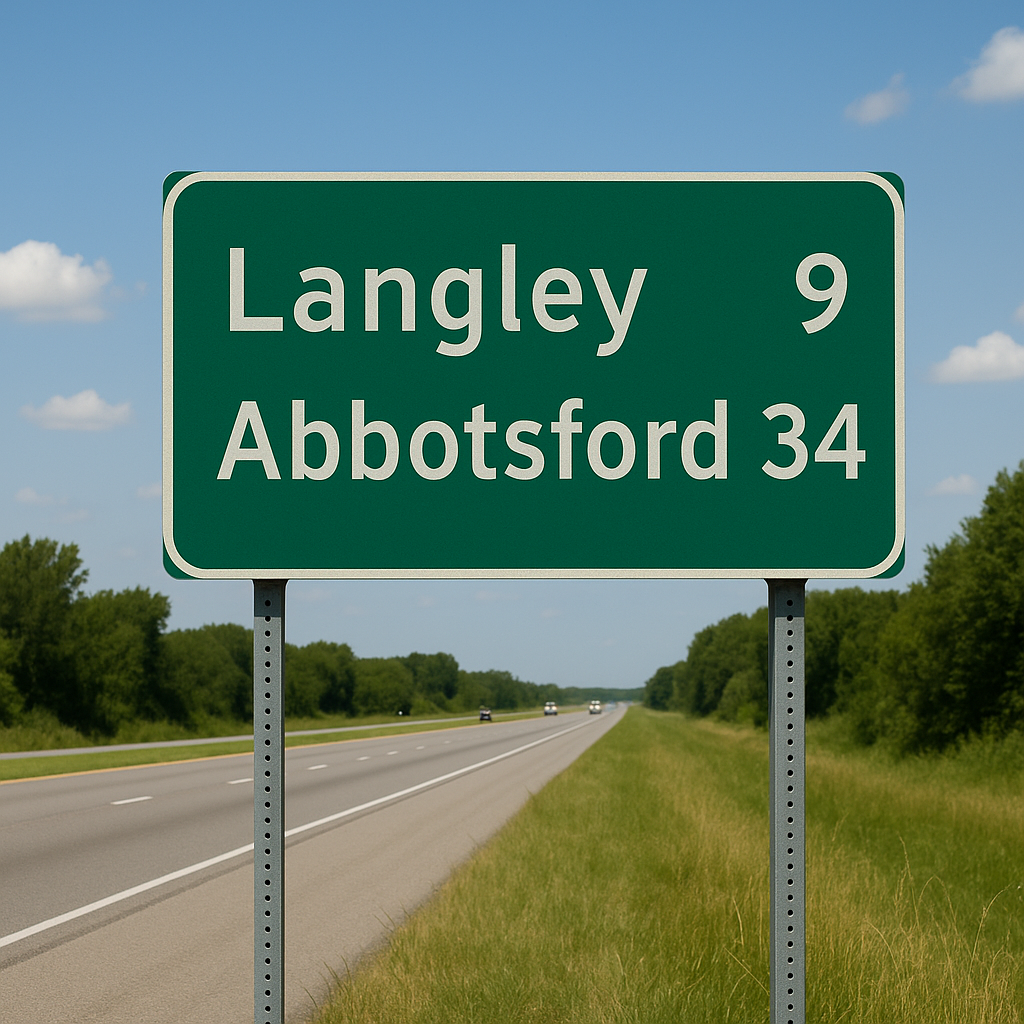
By Jenny Holly Hansen | WBN News | May 6, 2025
Driving down the highway, it’s easy to overlook them—the familiar green signs flashing by, pointing the way to towns, exits, and attractions. I see them every time I travel, and until recently, I never gave much thought to why they're green. But as it turns out, there’s a fascinating story behind one of the most recognizable parts of modern travel.
The journey to green highway signs actually begins in the early days of road travel, back when cars were still a relatively new invention. In the 1910s and 1920s, there was no standardized system for road signs. States, provinces, and even private automobile clubs often designed their own signage. Some were white, some were black, others were yellow, orange, or even blue. It was a colorful, chaotic system—and a nightmare for drivers trying to navigate unfamiliar territory.
As driving became more popular and highways expanded, it became clear that the growing network of roads needed a unified, logical approach to signage. In the United States, efforts toward standardization really picked up speed with the 1927 publication of the Manual on Uniform Traffic Control Devices (MUTCD), a set of guidelines for signs, signals, and road markings.
Initially, white signs with black lettering were used for directional information. But by the 1950s, engineers and psychologists studying road safety realized that a better solution was needed, especially for high-speed highways like the newly planned Interstate System. Drivers needed signs that were easy to read at a distance and that could be quickly understood at high speeds.
After a lot of research into visibility, contrast, and driver psychology, green was chosen as the perfect color for guide signs. Here’s why:
- High Visibility: Green provides strong contrast with white reflective lettering, making it easy to read day or night.
- Calm and Informational: Unlike red (which signals stop or danger) or yellow (which warns of caution), green is a "neutral" color. It signals information without causing unnecessary alarm or urgency.
- Consistency: Standardizing green for highway directional signs made navigation much more intuitive for drivers across different regions.
By 1957, green-and-white signage was formally adopted for use on the U.S. Interstate Highway System—and similar standards quickly spread to Canada and many other countries. Over time, the green sign became a symbol of modern highway travel: simple, reliable, and clear.
When I think about it, it’s amazing how something so ordinary plays such an important role in making our journeys smoother and safer. The next time I’m on the highway, I’ll be seeing those green signs a little differently—not just as directions, but as the result of decades of thoughtful design, research, and a universal commitment to helping travelers find their way.
Let’s Keep Talking:
Jenny is a business insurance broker with Waypoint Insurance.
She is also a business development consultant with Impresario Partners, helping Canadian Business expand overseas.
She can be reached at 604-317-6755 or jholly-hansen@wbnn.news. Connect with Jenny on LinkedIn at https://www.linkedin.com/in/jenny-holly-hansen-365b691b/. Connect with Jenny at BlueSky: https://bsky.app/profile/jennyhollyhansen.bsky.social
Let’s Meet Up:
Jenny Holly Hansen is a cohost with Chris Sturges of the Langley Impact Networking Group. You are welcome to join us on Thursday’s from 4pm to 6pm at: Sidebar Bar and Grill: 100b - 20018 83A Avenue, Langley, BC V2Y 3R4
TAGS: #Jenny Holly Hansen #Green Highway Signs # Manual on Uniform Traffic Control Devices (MUTCD)



